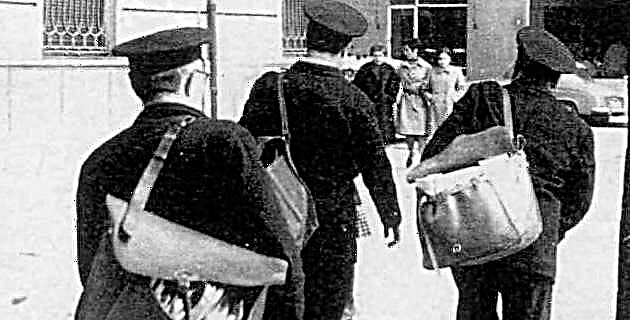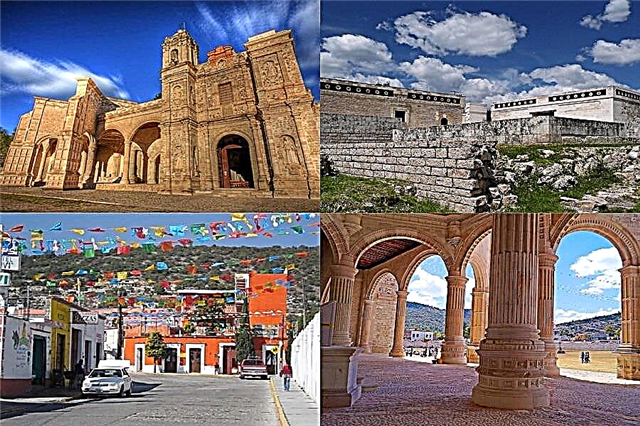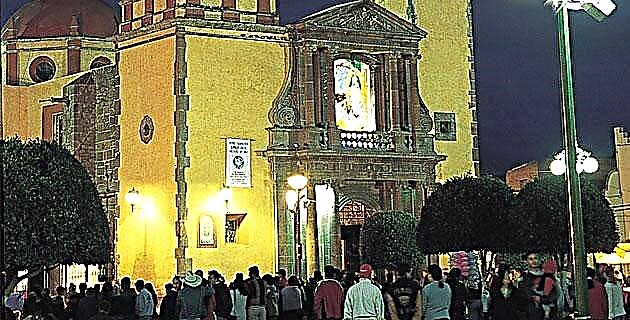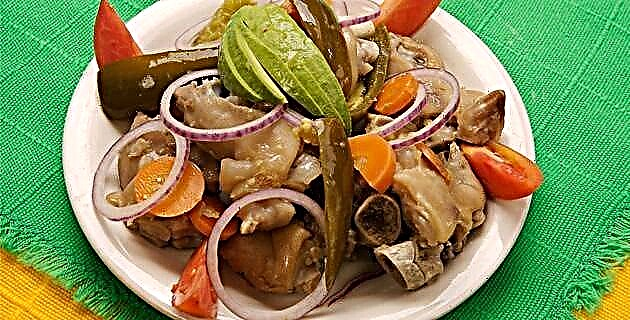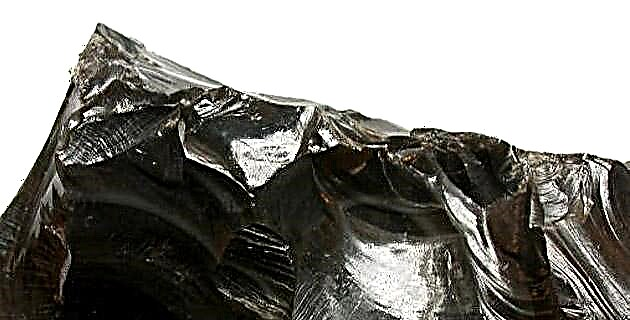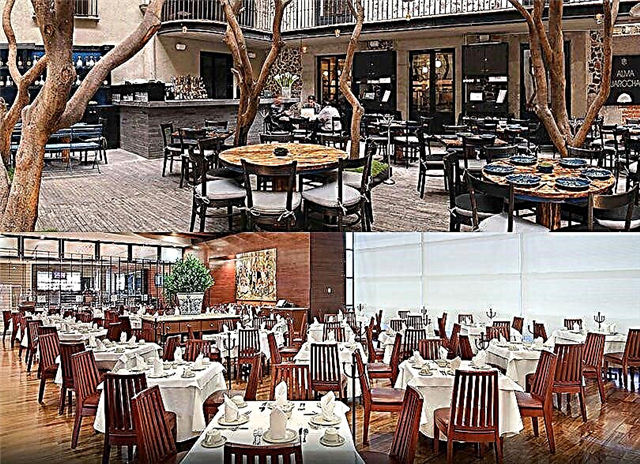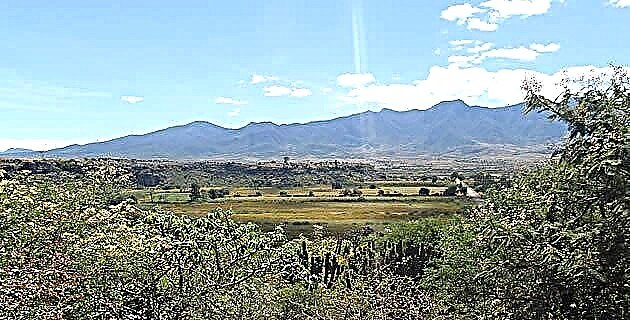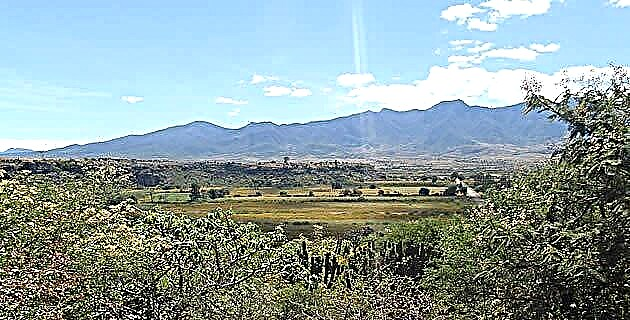
Oaxaca is one of the richest states in Mexico, with its rugged topography where the Madre del Sur, Madre de Oaxaca and Atravesada mountains converge, which it has hosted since 1600 BC. Its varied climates, its soils and forests, its rich vegetation, its mines, rivers and beaches, were used by the indigenous people who developed particular and complex characteristics.
The Oaxacan region has twelve thousand years of evolution, in it we find evidence of nomadic hunter-gatherer groups, as well as samples of a lithic stage in the valleys of Nochixtlán and Oaxaca.
The first villages were established in the Etla valley (1600 BC), with already sedentary human groups dedicated to agriculture, who would develop a wide range of astronomical and religious knowledge (including a cult of the dead), a writing, as well as numbering, among other advances. The classical stage began with communities of several thousand inhabitants already residing around one of the first cities in America: Monte Albán, where the Zapotec group dominated the politics of the central valleys. Later, in the postclassic, the city-states (1200-1521 AD) would be governed by nobles and chiefs. Examples of smaller urban centers in size and number of inhabitants are Mitla, Yagul, and Zaachila.
Another group that dominated this cultural area of Mesoamerica are the Mixtecs (whose origins are not very clear), who would also enter the scene. These were concentrated at first in the Mixteca Alta and from there they spread through the valley of Oaxaca. This group was characterized by the quality in the elaboration of objects such as polychrome ceramics, codices and goldsmithing. The growing power of the Mixtecos and their expansion reached the Mixteca Alta and the central valleys of Oaxaca, dominating or creating alliances. Ahuizotl, Mexican king for the year 1486, according to Cocijoeza (Mr. Zaachila), entered Tehuantepec and Soconusco and established the commercial routes. At the beginning of the 16th century there were local uprisings against the Mexican invader, which were repressed, and in retaliation those who were subjected had to pay a heavy burden of tributes.
Currently, Oaxaca is a state of the Republic in which a large number of indigenous people live and where we find 16 linguistic groups of Mesoamerican origin, with the survival of ancestral cultural practices. The current site occupied by the city of Oaxaca (Huaxyacac), was in its beginnings (1486), a military post established by the Mexican king Ahuizotl.
This densely populated area motivated the conquerors, after the fall of Mexico Tenochtitlán, to immediately undertake their rule, among other reasons, in order to obtain gold in the Tuxtepec and Malimaltepec rivers.
Among the first Spaniards who entered the area we have Gonzalo de Sandoval who, after imposing severe punishments on the Mexica who remained in Tuxtepec, subdued the Chinantec region with the support of indigenous Mexicans and Tlaxcalans who accompanied him. Once his goal was achieved and with the permission of Cortés, he proceeded to distribute parcels.
Much could be written about the military conquest in that region, but we will summarize by saying that, in some places, it was peaceful (the Zapotecs, for example), but there were groups that fought for a long time, such as the Mixtecos and Mixes, to which they could be subjected completely after many years. The conquest of the region was characterized, like any other, by its cruelties, its excesses, theft and the beginning of the psychological destruction of human values most deeply rooted in men like these, of such a strong cultural heritage.

